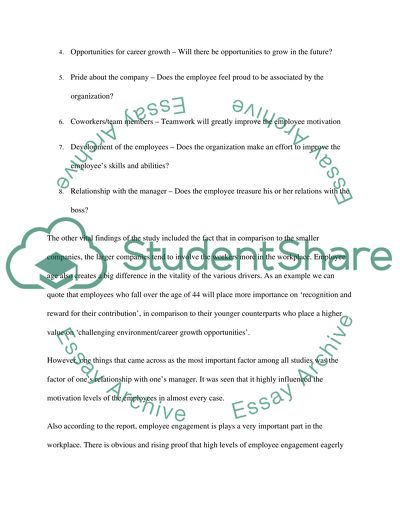Cite this document
(“Employee Engagement and Intrinsic Motivation Thesis”, n.d.)
Retrieved from https://studentshare.org/finance-accounting/1411865-employee-engagement-and-intrinsic-motivation
Retrieved from https://studentshare.org/finance-accounting/1411865-employee-engagement-and-intrinsic-motivation
(Employee Engagement and Intrinsic Motivation Thesis)
https://studentshare.org/finance-accounting/1411865-employee-engagement-and-intrinsic-motivation.
https://studentshare.org/finance-accounting/1411865-employee-engagement-and-intrinsic-motivation.
“Employee Engagement and Intrinsic Motivation Thesis”, n.d. https://studentshare.org/finance-accounting/1411865-employee-engagement-and-intrinsic-motivation.


